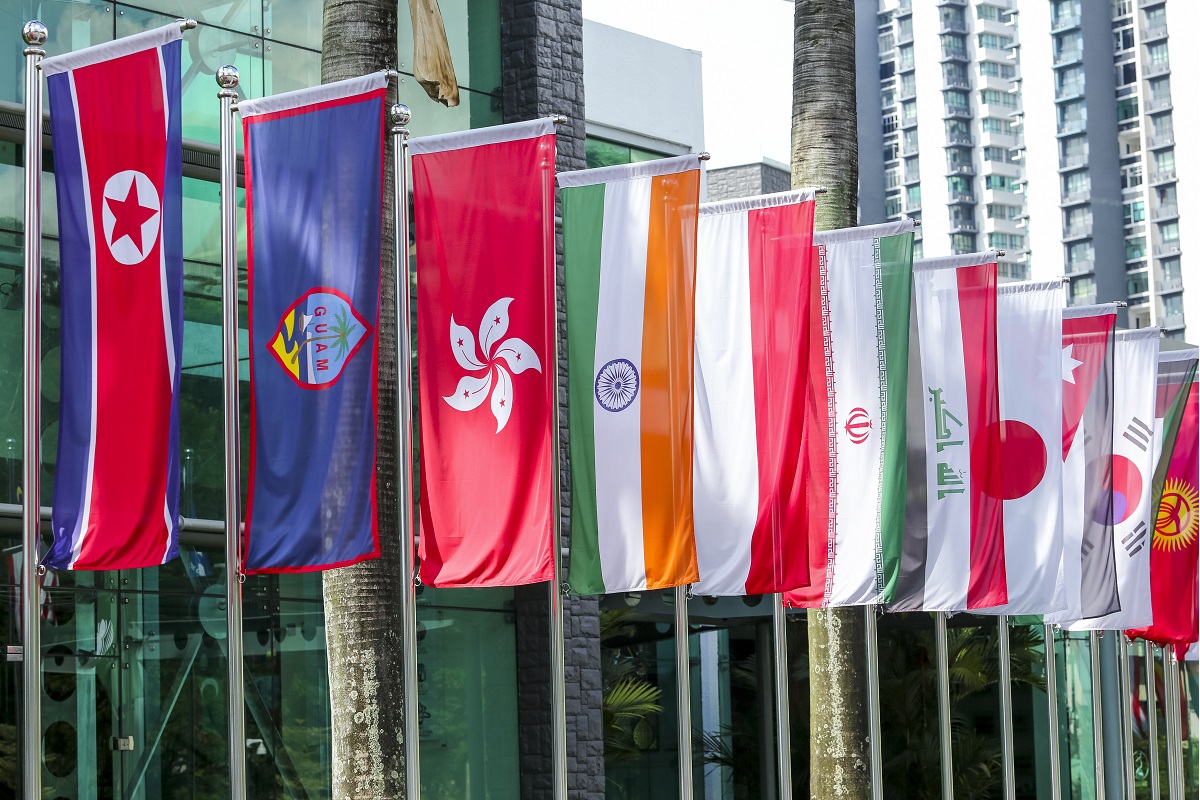ASEAN cornerstone of India’s Act East Policy: EAM Jaishankar
The Association of Southeast Asian Nations (ASEAN) is the cornerstone of India's Act East Policy and its Indo-Pacific vision, External Affairs Minister (EAM) S Jaishankar said on Friday.
The geopolitical situation in Asia, as deliberations at the annual Shangri-La Dialogue in Singapore last week confirmed, remains hostage to the rivalry between the USA and China.

Representation image
The geopolitical situation in Asia, as deliberations at the annual Shangri-La Dialogue in Singapore last week confirmed, remains hostage to the rivalry between the USA and China. Close to 600 delegates including defence chiefs from the USA, China, Australia, Japan, South Korea, France, and the Association of Southeast Asian Nations (ASEAN) member- states had their say at the marquee event for the global strategic community. The takeaway for stakeholders was that competing narratives from Washington and Beijing only complicate challenges – from energy and food insecurity to Covid-19 and climate change – that Asia is grappling with.
A common theme among many participants, though, was the pressing need to draw China into the efforts to take on these challenges rather than isolate them. Strategic expert Ryan Hass writes in a recent article that the (respective) visions for the future of Asia outlined in Singapore by senior American and Chinese officials can essentially be summarised as follows: Washington articulated America’s positive vision for the region while iterating it was keeping its powder dry; Beijing focused on how China will be important to the future of Asia and why it would be a mistake for any country to cross it.
US Defence Secretary Lloyd Austin did not dwell on China. Speaking instead of how the USA views the Indo-Pacific as the strategic centre of gravity for American interests in the 21st century, he showcased US determination to pursue technological innovation including for military purposes.
Advertisement
Mr Austin underlined that the USA is pooling resources and capacities with its allies to accelerate innovation in defence industrial bases, supply chain integration, and emerging technologies. That America is the world’s largest military force which, however, recognises the “power of partnerships” as a force- multiplier in taking on contemporary challenges jointly with other stakeholders, was the big picture he painted. Mr Austin was also clear that Beijing’s strategy of using strongarm tactics in the Asia-Pacific would be met with the combined resolve of the USA and its partners who would push back against Chinese assertiveness, but he was careful not to denigrate China’s many achievements.
His Chinese counterpart General Wei Fenghe was far more direct, as he stressed that China’s rise cannot be stopped. Gen. Wei was particularly scathing, even contemptuous, of Washington’s efforts to form “exclusive blocs” such as the Quad and AUKUS which, he said, would undermine the interests of all stakeholders. In fact, he appealed directly to participants to resist American plans to “encircle and/or contain China”. A telling comment by a deputy of Gen.
Wei’s at a media briefing which followed his presentation, as quoted by Hass, said it all: “The USA has already turned the Middle East and Europe into a mess, does it want to mess up the Asia-Pacific next?” Gen Wei was adamant that Beijing’s record on Covid- 19 was exemplary, the Chinese economy was going great guns, and that China would be uncompromising on the security challenges confronting it including Taiwan, the South China Sea and the Korean Peninsula. As is evident, Sino-US rivalry is intensifying. Its strategic overhand on the rest of Asia must not be underestimated.
Advertisement